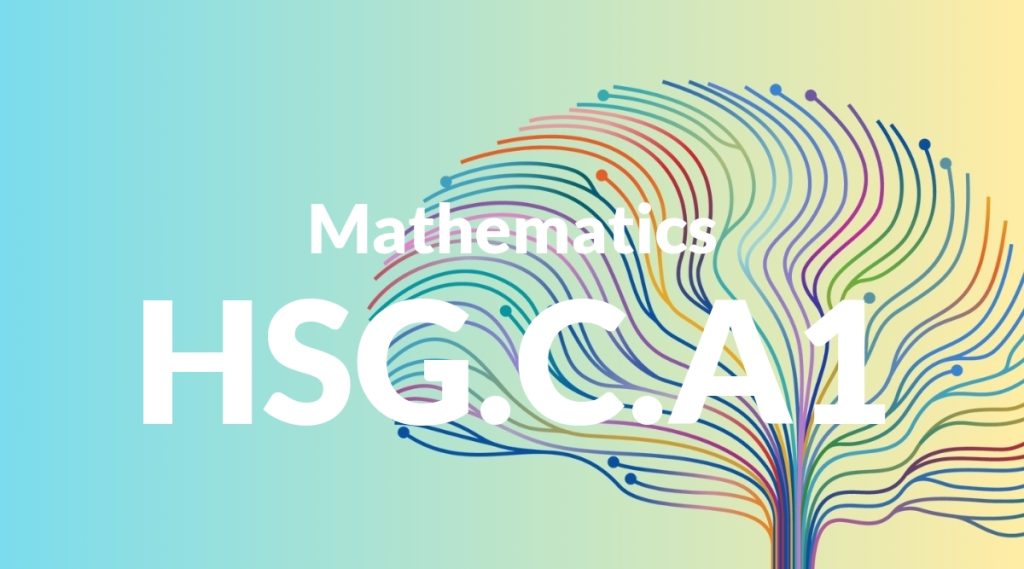Standard: HSG.C.A1 – Prove that all circles are similar.
Grade level: High School: Geometry
Subject: Mathematics
Domain: Circles
Teacher Overview
This standard focuses on proving that all circles are similar, which is a fundamental concept in geometry. Understanding this helps students grasp the broader idea of similarity in various geometric shapes and prepares them for more advanced topics. Students should be comfortable with basic circle properties and the concept of similarity. They should be able to calculate the radius, diameter, circumference, and area of circles and understand how scale factors work.
After mastering this standard, students will be able to apply the concept of similarity to more complex geometric figures and understand the properties of other conic sections, enhancing their overall problem-solving skills in geometry.
Common Misconception 1
A common misconception is that circles of different sizes cannot be similar. This is incorrect because similarity in geometry is based on shape and proportionality, not size.
Intervention 1
Use visual aids and hands-on activities to show how circles of different sizes can be scaled versions of each other. Emphasize the concept of proportional relationships.
Common Misconception 2
Another misconception is that the similarity of circles depends on their positions or orientations. This is incorrect as similarity is determined by shape and size ratios.
Intervention 2
Provide examples and exercises that show circles in different positions and orientations, demonstrating that their similarity is based on proportional relationships, not their placement.
Prerequisite Knowledge
Students should understand the basic properties of circles, including radius, diameter, circumference, and area. They should also be familiar with the concept of similarity and scale factors in geometry.
Subsequent Knowledge
Students will develop the ability to apply the concept of similarity to more complex geometric shapes and figures. They will also enhance their problem-solving skills in proving geometric theorems and understanding the properties of other conic sections.
Instructional Activities
- Use dynamic geometry software to explore the properties of circles
- Hands-on activity with compasses to draw and compare circles
- Group discussions on real-world applications of circle similarity
- Problem-solving sessions focusing on proving circle similarity
- Visual demonstrations using scale models




